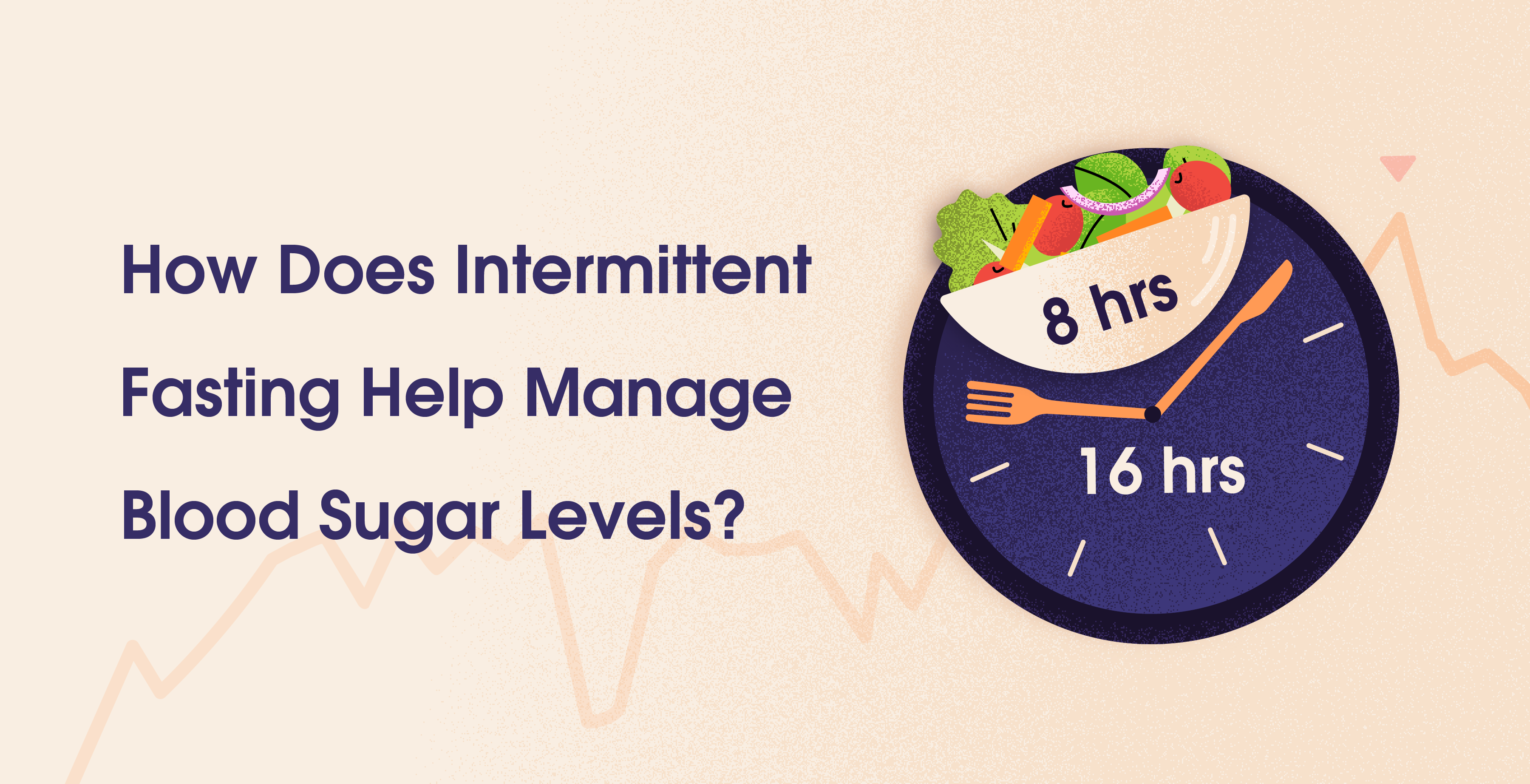Best and Worst Foods for Blood Sugar Control: Evidence-Based List
Dec 13, 2024
Aparna Hurtis
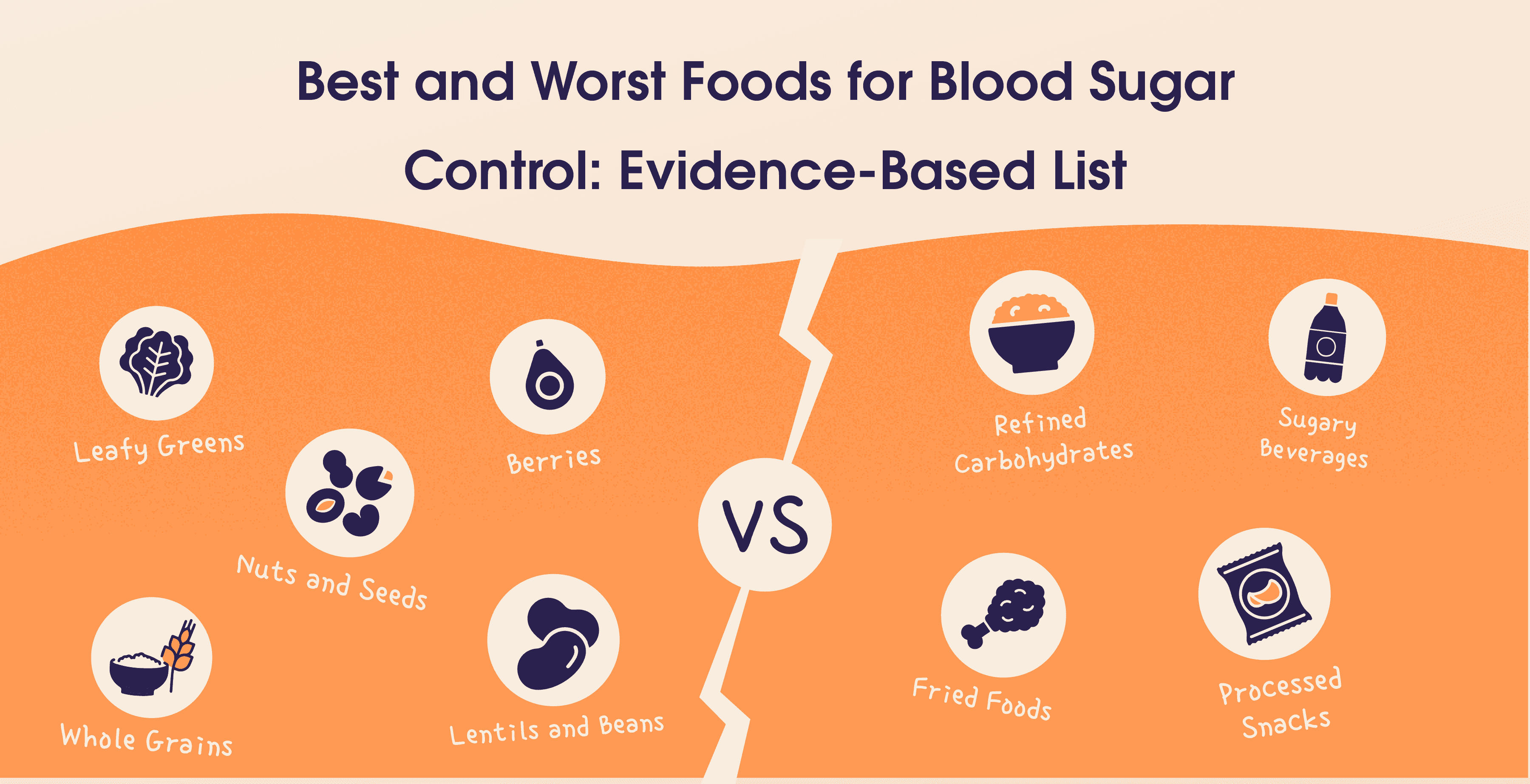


Table Of Contents
Managing your blood sugar can feel like walking a tightrope, especially when food choices play such a pivotal role. Some foods help you sail smoothly, while others tip the balance, creating chaos in your system. With the right picks, though, you can create a sustainable, blood sugar-balancing diet. Here's an evidence-backed look at the best and worst foods for blood sugar control, along with some subtle tips to make better decisions.
Highlights
Leafy greens like spinach and kale are nutrient-dense and low on the glycemic index, supporting better glucose metabolism.
Berries, including blueberries and strawberries, improve insulin sensitivity while providing a naturally sweet, low-sugar snack.
Lentils and beans digest slowly, keeping blood sugar spikes in check, and work well in soups or salads.
Whole grains like quinoa and barley offer nutrients and gradual digestion, aiding in long-lasting energy.
Nuts and seeds, such as almonds and chia seeds, provide healthy fats and protein for stable sugar absorption.
Sugary beverages, like sodas and energy drinks, cause rapid glucose spikes and crashes.
Refined carbs in white bread and pastries lack fiber, leading to quick sugar spikes.
Fried foods impair insulin function and are best replaced with baked alternatives.
Processed snacks with added sugars contribute to erratic blood sugar and increase cravings.
Low-glycemic foods release sugar slowly, offering steady energy and better glucose control.
Small changes, such as eating whole fruit instead of juice and swapping white rice for quinoa, create significant improvements.
Balancing meals with protein, fiber, and healthy fats stabilizes blood sugar without feeling restrictive.
Complex carbohydrates from whole grains and vegetables support satisfaction and sustained energy levels.
Blood sugar management is about making mindful, sustainable choices, not rigid dieting.
The Best Foods That Lower Blood Sugar
The right foods can significantly impact your blood sugar stability. Incorporating these into your meals may help improve your glycemic response.
Leafy Greens
Spinach, kale, and other leafy vegetables are nutritional powerhouses with a low glycemic index. They’re rich in fiber, magnesium, and antioxidants, which all contribute to better glucose metabolism. Pairing greens with a lean protein like grilled tofu can make them even more effective.
Berries
Blueberries, strawberries, and raspberries are sweet yet surprisingly good for your blood sugar. Unlike high-sugar fruits, they contain compounds that improve insulin sensitivity. A handful of these colorful gems makes for a guilt-free snack or the perfect topping for your morning oatmeal.
Lentils and Beans
Foods that lower blood sugar often share one trait: they digest slowly. Lentils and beans are prime examples, offering high fiber and protein content while keeping blood sugar spikes at bay. Use them in soups or salads to enjoy their benefits effortlessly.
Whole Grains
Quinoa, barley, and oats have a lower glycemic index than refined grains, making them staples for carbohydrate-conscious eating. These grains are packed with nutrients and digest gradually, helping you stay full longer without the sugar rollercoaster.
Nuts and Seeds
Almonds, walnuts, chia seeds, and flaxseeds are excellent for snacking or adding texture to meals. They’re rich in healthy fats and protein, both of which contribute to slower sugar absorption. However, remember that portion control is key—nuts can be calorie-dense.
Foods to Avoid with High Blood Sugar
Just as there are foods that support your blood sugar goals, there are others that work against them. Recognizing these culprits is a step toward smarter choices.
Sugary Beverages
Drinks like soda, sweetened coffee, and energy drinks cause immediate spikes in glucose levels. Their high glycemic index leaves your body scrambling to produce insulin, often resulting in a sharp crash later.
Refined Carbohydrates
White bread, pasta, and pastries are stripped of fiber, making them digest quickly and send your blood sugar soaring. Swapping these for whole-grain options is a small but significant shift toward blood sugar balance.
Fried Foods
Though tempting, fried foods like chips and deep-fried snacks are loaded with unhealthy fats that can impair insulin function. If cravings strike, opt for baked versions with healthier oils.
Processed Snacks
From candy bars to pre-packaged cookies, processed snacks are often packed with added sugars and low-quality fats. These don’t just harm your blood sugar; they leave you hungry and craving more.
Glycemic Index of Foods &Why It Matters
Understanding the glycemic index (GI) of foods is essential for managing blood sugar effectively. The GI measures how quickly a carbohydrate-containing food raises your blood glucose. Low-GI foods, such as legumes and non-starchy vegetables, release sugar slowly, keeping your levels steady. On the other hand, high-GI options, like white rice and sugary cereals, can wreak havoc on your blood sugar control.
Focusing on low-GI options doesn’t mean giving up flavor. It’s about finding creative ways to incorporate these into your meals. For instance, topping your morning yogurt with chia seeds and a drizzle of honey instead of sugary granola could be a game-changer.
The Art of Blood Sugar Balancing Diets
Making a blood sugar-friendly meal plan doesn’t have to feel restrictive. Instead, view it as a chance to explore new textures and flavors while prioritizing nutrient-dense foods. Balancing meals with protein, healthy fats, and high-fiber carbohydrates is a practical way to stabilize blood sugar.
For instance, a plate featuring grilled salmon, roasted sweet potatoes, and a kale salad drizzled with olive oil strikes a perfect harmony. By avoiding refined carbs and sugary dressings, you’re already taking steps toward better control.
Subtle Shifts, Big Results
Sometimes, it’s the small changes that make the biggest difference. Instead of drinking fruit juice, eat whole fruit to benefit from the fiber. Replace white rice with quinoa or cauliflower rice to lower the glycemic impact of your meals. Opt for plant-based snacks like hummus with veggies instead of chips.
While these swaps may feel insignificant, they can collectively improve your body’s response to glucose over time.
Carbohydrate-Conscious Eating for Everyday Success
The key isn’t to eliminate carbs entirely but to focus on their quality and portion sizes. Emphasizing complex carbohydrates—those found in whole grains, legumes, and vegetables—helps you stay satisfied without spiking your glucose.
Remember, carbohydrate-conscious eating doesn’t mean boring meals. Think vibrant grain bowls with roasted veggies and tahini dressing or hearty lentil stews loaded with herbs and spices.
The Takeaway
Balancing blood sugar is less about rigid dieting and more about mindful choices. Embrace foods that lower blood sugar, such as leafy greens and whole grains, while steering clear of high-GI culprits like sugary drinks and refined carbs. By understanding the glycemic index of foods and practicing carbohydrate-conscious eating, you can create a blood sugar-balancing diet that’s both delicious and sustainable.
Taking charge of your blood sugar isn’t about perfection but persistence. Start with one meal, one choice at a time, and build from there. Your future self—and your health—will thank you.
References
Managing your blood sugar can feel like walking a tightrope, especially when food choices play such a pivotal role. Some foods help you sail smoothly, while others tip the balance, creating chaos in your system. With the right picks, though, you can create a sustainable, blood sugar-balancing diet. Here's an evidence-backed look at the best and worst foods for blood sugar control, along with some subtle tips to make better decisions.
Highlights
Leafy greens like spinach and kale are nutrient-dense and low on the glycemic index, supporting better glucose metabolism.
Berries, including blueberries and strawberries, improve insulin sensitivity while providing a naturally sweet, low-sugar snack.
Lentils and beans digest slowly, keeping blood sugar spikes in check, and work well in soups or salads.
Whole grains like quinoa and barley offer nutrients and gradual digestion, aiding in long-lasting energy.
Nuts and seeds, such as almonds and chia seeds, provide healthy fats and protein for stable sugar absorption.
Sugary beverages, like sodas and energy drinks, cause rapid glucose spikes and crashes.
Refined carbs in white bread and pastries lack fiber, leading to quick sugar spikes.
Fried foods impair insulin function and are best replaced with baked alternatives.
Processed snacks with added sugars contribute to erratic blood sugar and increase cravings.
Low-glycemic foods release sugar slowly, offering steady energy and better glucose control.
Small changes, such as eating whole fruit instead of juice and swapping white rice for quinoa, create significant improvements.
Balancing meals with protein, fiber, and healthy fats stabilizes blood sugar without feeling restrictive.
Complex carbohydrates from whole grains and vegetables support satisfaction and sustained energy levels.
Blood sugar management is about making mindful, sustainable choices, not rigid dieting.
The Best Foods That Lower Blood Sugar
The right foods can significantly impact your blood sugar stability. Incorporating these into your meals may help improve your glycemic response.
Leafy Greens
Spinach, kale, and other leafy vegetables are nutritional powerhouses with a low glycemic index. They’re rich in fiber, magnesium, and antioxidants, which all contribute to better glucose metabolism. Pairing greens with a lean protein like grilled tofu can make them even more effective.
Berries
Blueberries, strawberries, and raspberries are sweet yet surprisingly good for your blood sugar. Unlike high-sugar fruits, they contain compounds that improve insulin sensitivity. A handful of these colorful gems makes for a guilt-free snack or the perfect topping for your morning oatmeal.
Lentils and Beans
Foods that lower blood sugar often share one trait: they digest slowly. Lentils and beans are prime examples, offering high fiber and protein content while keeping blood sugar spikes at bay. Use them in soups or salads to enjoy their benefits effortlessly.
Whole Grains
Quinoa, barley, and oats have a lower glycemic index than refined grains, making them staples for carbohydrate-conscious eating. These grains are packed with nutrients and digest gradually, helping you stay full longer without the sugar rollercoaster.
Nuts and Seeds
Almonds, walnuts, chia seeds, and flaxseeds are excellent for snacking or adding texture to meals. They’re rich in healthy fats and protein, both of which contribute to slower sugar absorption. However, remember that portion control is key—nuts can be calorie-dense.
Foods to Avoid with High Blood Sugar
Just as there are foods that support your blood sugar goals, there are others that work against them. Recognizing these culprits is a step toward smarter choices.
Sugary Beverages
Drinks like soda, sweetened coffee, and energy drinks cause immediate spikes in glucose levels. Their high glycemic index leaves your body scrambling to produce insulin, often resulting in a sharp crash later.
Refined Carbohydrates
White bread, pasta, and pastries are stripped of fiber, making them digest quickly and send your blood sugar soaring. Swapping these for whole-grain options is a small but significant shift toward blood sugar balance.
Fried Foods
Though tempting, fried foods like chips and deep-fried snacks are loaded with unhealthy fats that can impair insulin function. If cravings strike, opt for baked versions with healthier oils.
Processed Snacks
From candy bars to pre-packaged cookies, processed snacks are often packed with added sugars and low-quality fats. These don’t just harm your blood sugar; they leave you hungry and craving more.
Glycemic Index of Foods &Why It Matters
Understanding the glycemic index (GI) of foods is essential for managing blood sugar effectively. The GI measures how quickly a carbohydrate-containing food raises your blood glucose. Low-GI foods, such as legumes and non-starchy vegetables, release sugar slowly, keeping your levels steady. On the other hand, high-GI options, like white rice and sugary cereals, can wreak havoc on your blood sugar control.
Focusing on low-GI options doesn’t mean giving up flavor. It’s about finding creative ways to incorporate these into your meals. For instance, topping your morning yogurt with chia seeds and a drizzle of honey instead of sugary granola could be a game-changer.
The Art of Blood Sugar Balancing Diets
Making a blood sugar-friendly meal plan doesn’t have to feel restrictive. Instead, view it as a chance to explore new textures and flavors while prioritizing nutrient-dense foods. Balancing meals with protein, healthy fats, and high-fiber carbohydrates is a practical way to stabilize blood sugar.
For instance, a plate featuring grilled salmon, roasted sweet potatoes, and a kale salad drizzled with olive oil strikes a perfect harmony. By avoiding refined carbs and sugary dressings, you’re already taking steps toward better control.
Subtle Shifts, Big Results
Sometimes, it’s the small changes that make the biggest difference. Instead of drinking fruit juice, eat whole fruit to benefit from the fiber. Replace white rice with quinoa or cauliflower rice to lower the glycemic impact of your meals. Opt for plant-based snacks like hummus with veggies instead of chips.
While these swaps may feel insignificant, they can collectively improve your body’s response to glucose over time.
Carbohydrate-Conscious Eating for Everyday Success
The key isn’t to eliminate carbs entirely but to focus on their quality and portion sizes. Emphasizing complex carbohydrates—those found in whole grains, legumes, and vegetables—helps you stay satisfied without spiking your glucose.
Remember, carbohydrate-conscious eating doesn’t mean boring meals. Think vibrant grain bowls with roasted veggies and tahini dressing or hearty lentil stews loaded with herbs and spices.
The Takeaway
Balancing blood sugar is less about rigid dieting and more about mindful choices. Embrace foods that lower blood sugar, such as leafy greens and whole grains, while steering clear of high-GI culprits like sugary drinks and refined carbs. By understanding the glycemic index of foods and practicing carbohydrate-conscious eating, you can create a blood sugar-balancing diet that’s both delicious and sustainable.
Taking charge of your blood sugar isn’t about perfection but persistence. Start with one meal, one choice at a time, and build from there. Your future self—and your health—will thank you.
References
Table Of Contents
Table Of Contents
Table Of Contents
Read More
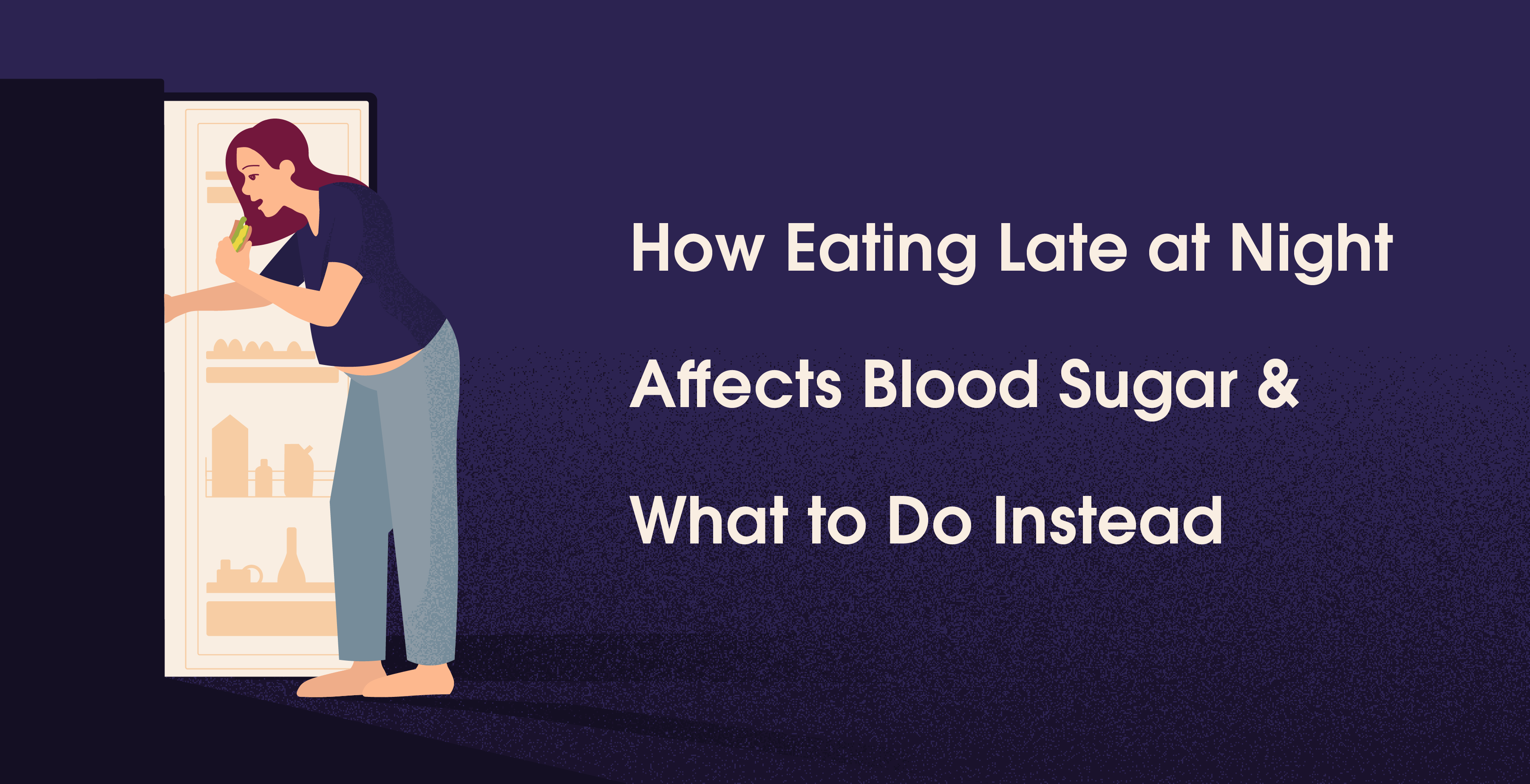

Mar 25, 2025
Sayfali Rawlani
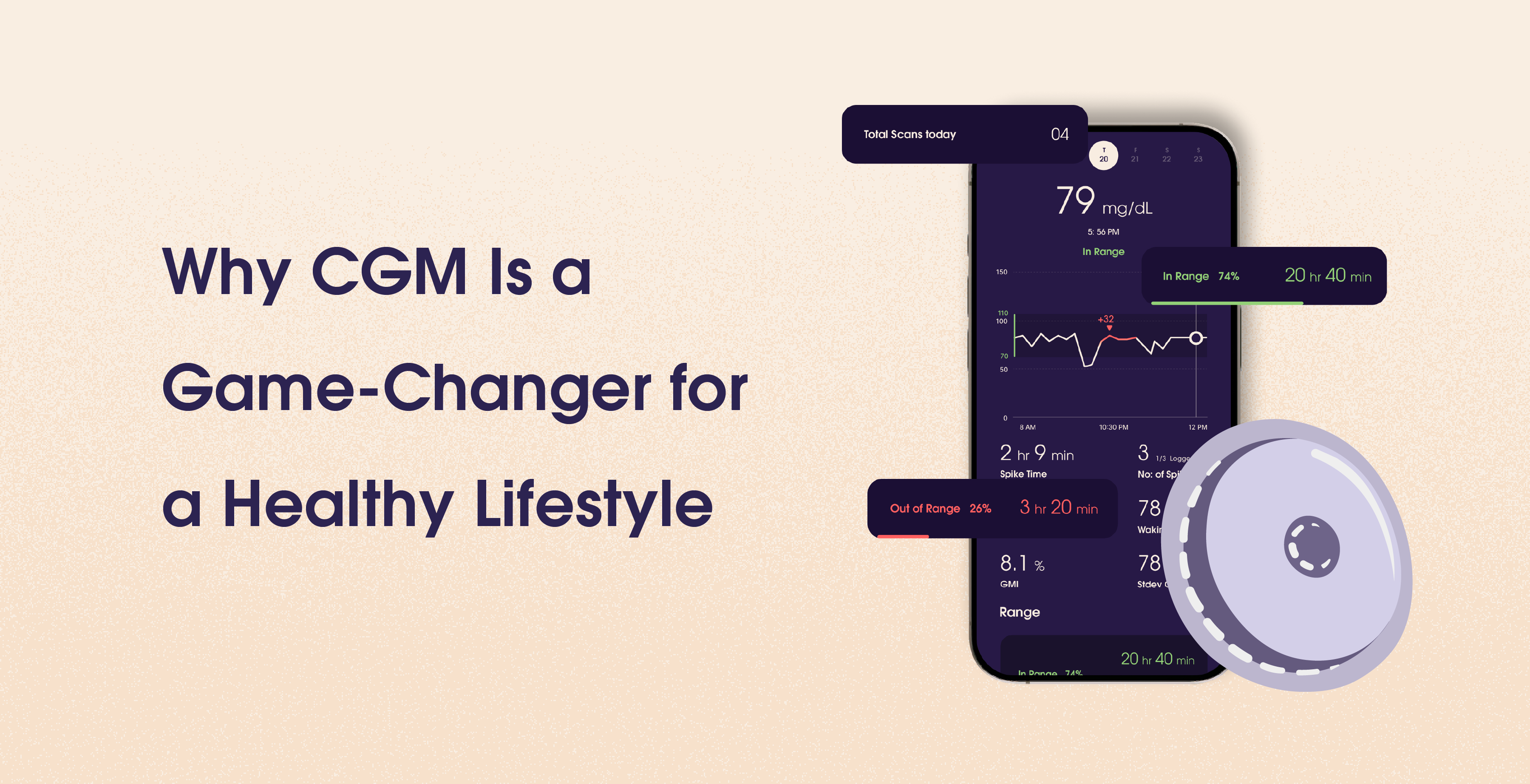

Mar 20, 2025
Sayfali Rawlani
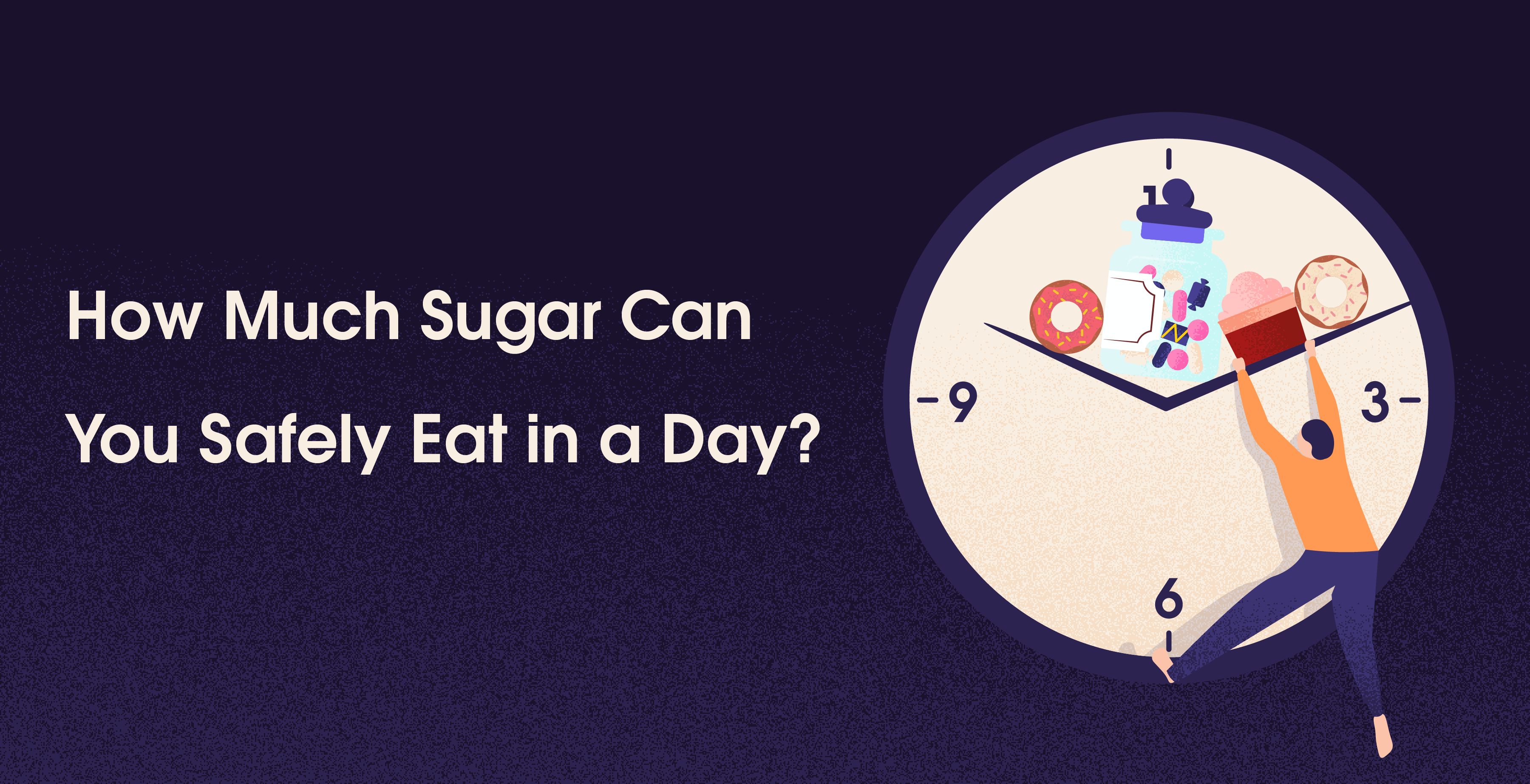

Mar 6, 2025
Sayfali Rawlani



Company
Copyright © 2025 trst health. All right reserved.

